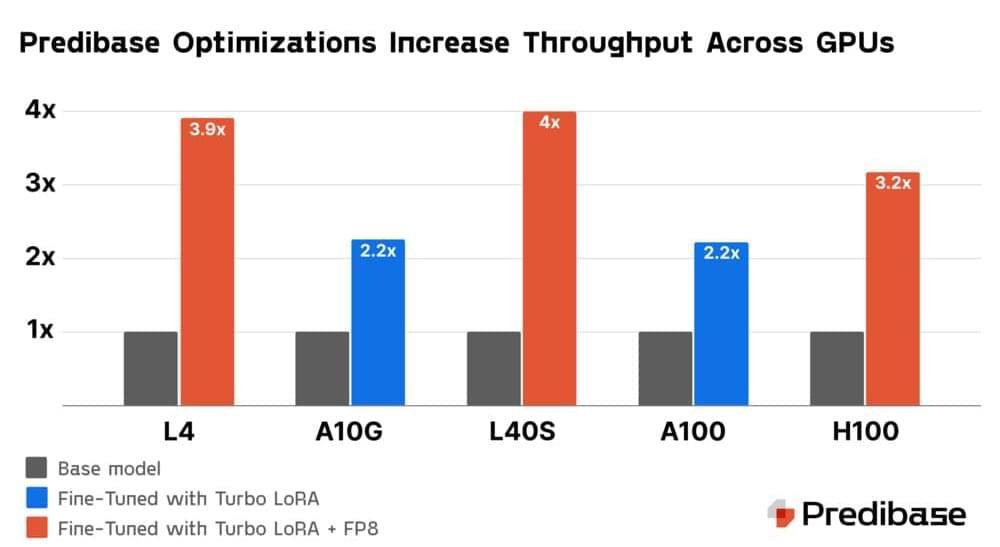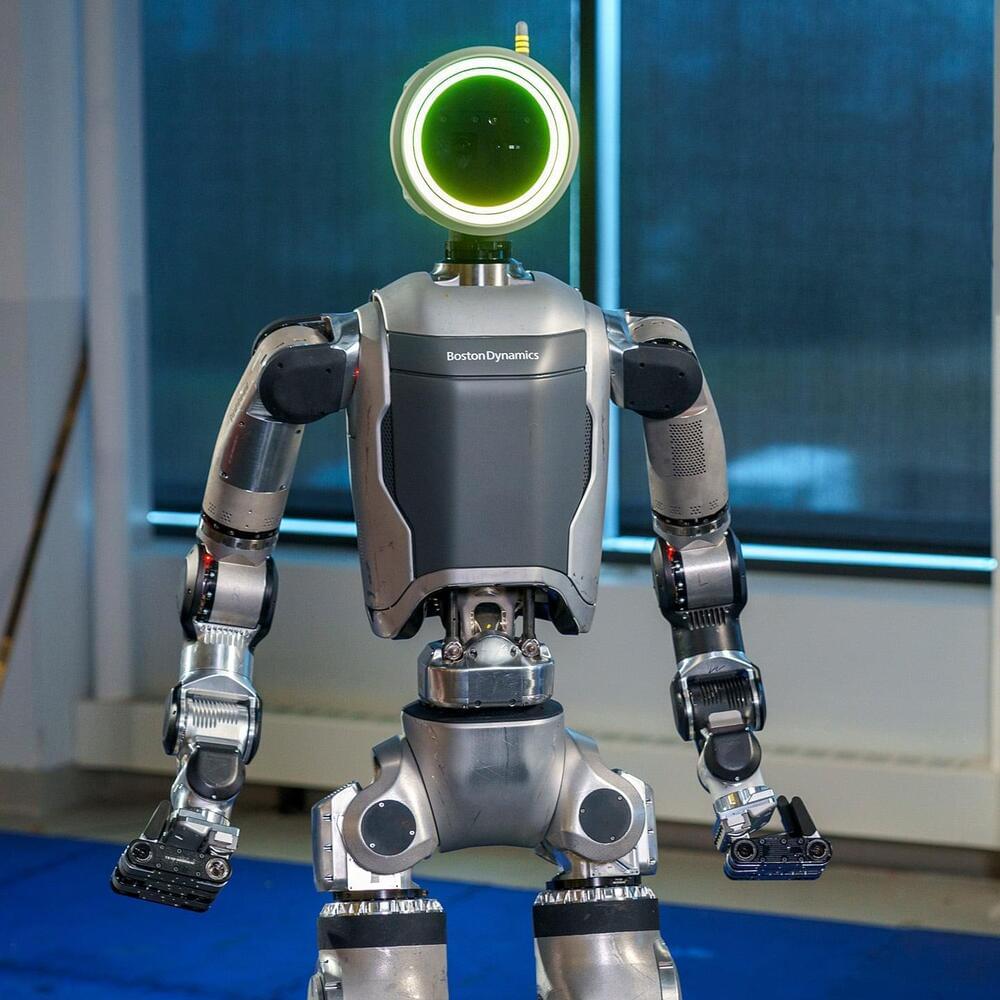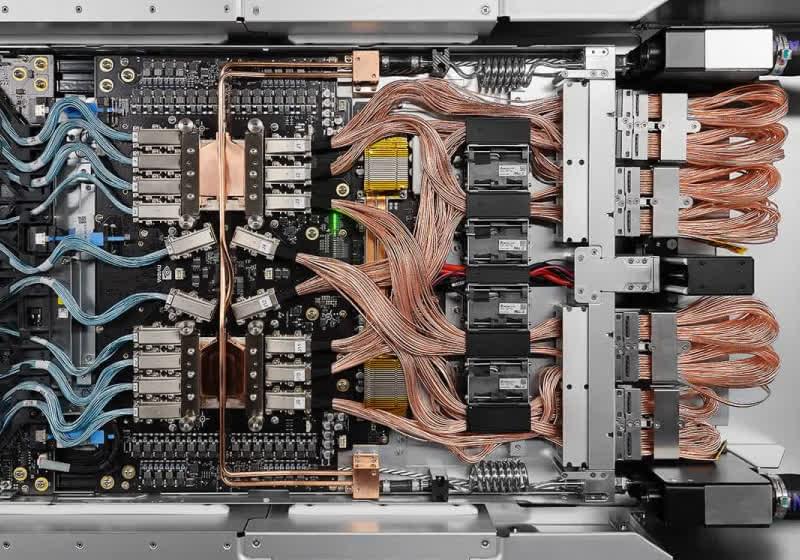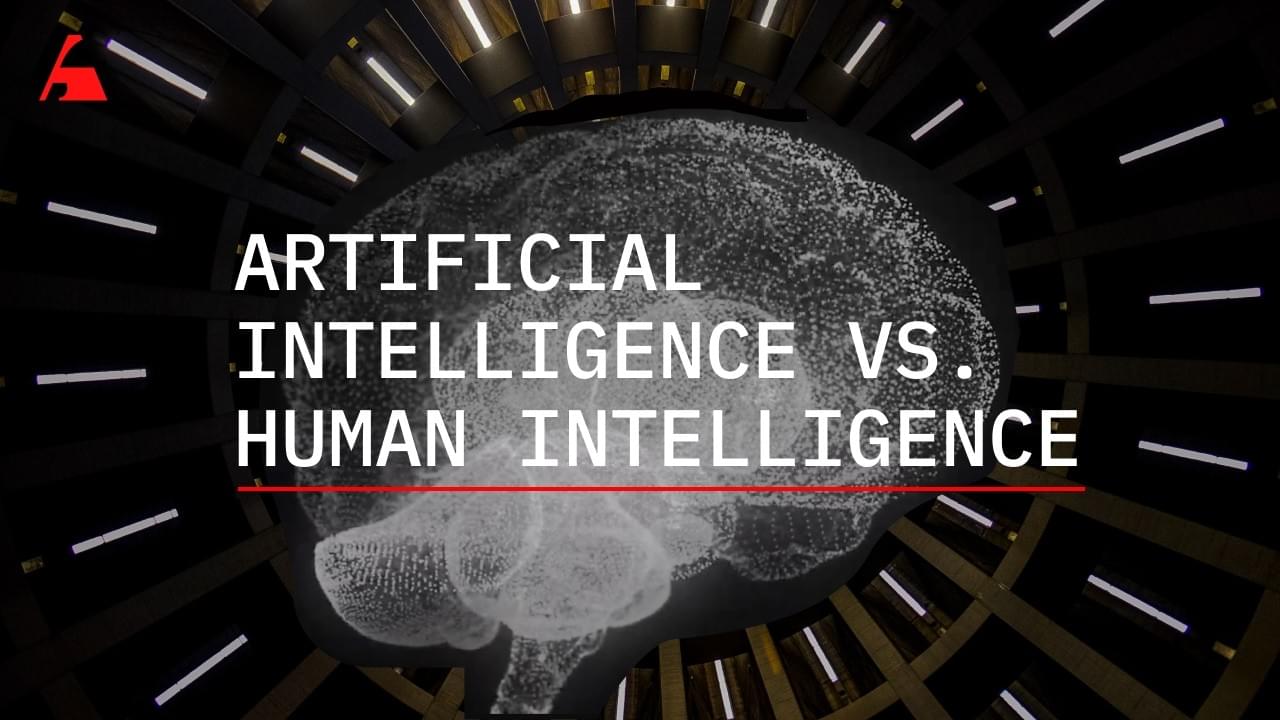Oct 17, 2024
Protective Nets To Shield F-22s Eyed For Airbase Swarmed By Mystery Drones
Posted by Dan Kummer in categories: drones, military, robotics/AI
Nets wont do it, nets wont cut it, and to me, nets say: we dont know and we sorta give up. We need One System to be able to engage All Types and All Classes of drones, w/ EMF — RF jammers, Microwaves, Lasers, Projectiles, and Missiles. All acting simultaneously, to engage a So Called Drone Swarm.
U.S. Air Force officials at Langley Air Force Base in Virginia are looking at installing anti-drone nets to help protect F-22 Raptor stealth fighters on the flightline. This comes nearly a year after the base was subjected to waves of still-mysterious drone incursions, which The War Zone was first to report. It also underscores the U.S. military’s continued lag when it comes to responding to the very real threats posed by uncrewed aerial systems, at home and aboard, and particular hurdles to doing so domestically.
Langley’s 633rd Contracting Squadron put out a notice on October 4 asking for information about potential counter-drone netting that could be installed around up to 42 existing open-ended sunshade-type shelters at the base. Langley, now technically part of Joint Base Langley-Eustis, is one of a select few bases to host F-22s and is a key component of the Air Force’s posture to defend the U.S. homeland.
Continue reading “Protective Nets To Shield F-22s Eyed For Airbase Swarmed By Mystery Drones” »

















